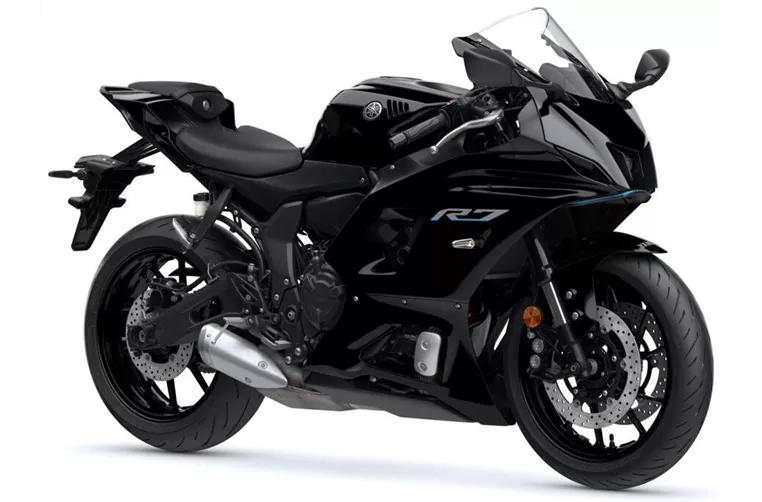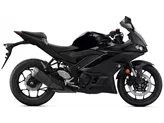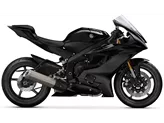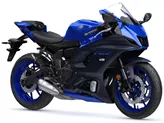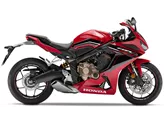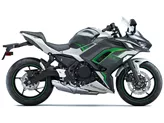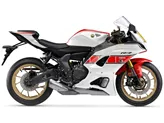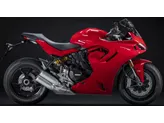Yamaha R7 2022 vs. Kawasaki Ninja ZX-6R 636 2013
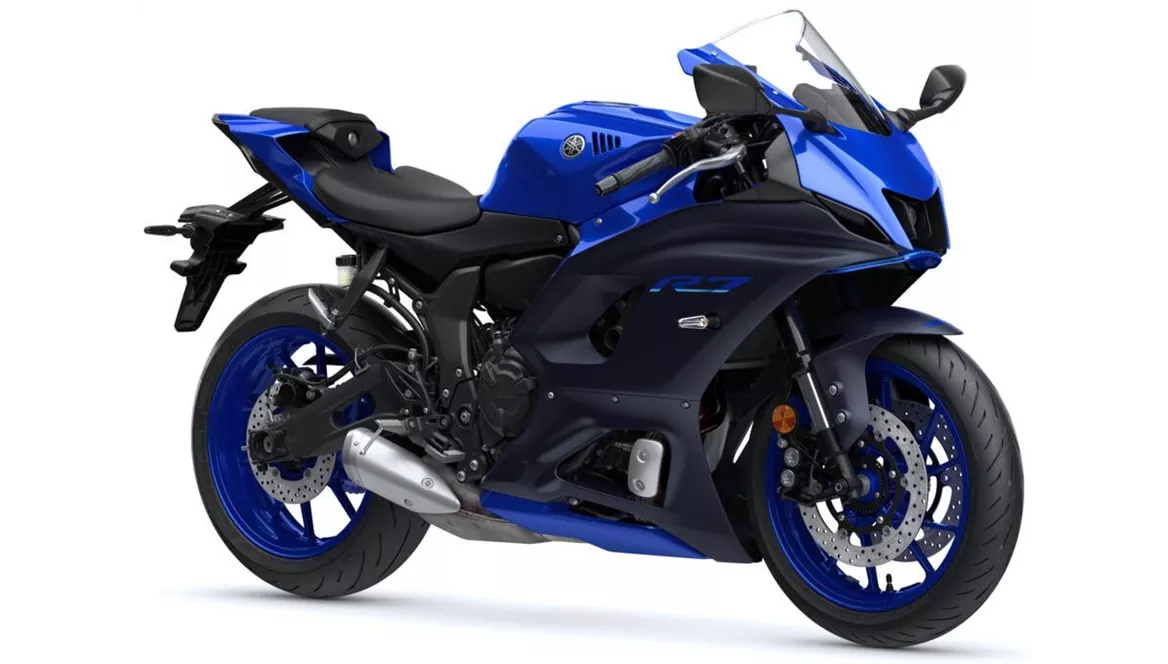
Yamaha R7 2022

Kawasaki Ninja ZX-6R 636 2013
Overview - Yamaha R7 2022 vs Kawasaki Ninja ZX-6R 636 2013
The Yamaha R7 2022 and the Kawasaki Ninja ZX-6R 636 2013 are both supersport motorcycles that offer thrilling performance and advanced features. However, there are several notable differences between the two models.
In terms of engine specifications, the Yamaha R7 2022 is equipped with a 689cc inline twin engine, producing 73.4 HP of power and 67 Nm of torque. On the other hand, the Kawasaki Ninja ZX-6R 636 2013 features a larger 636cc inline four-cylinder engine, delivering a higher power output of 131 HP and 71 Nm of torque. The Yamaha R7 has a slightly smaller bore and stroke compared to the Kawasaki Ninja ZX-6R, which may affect the overall performance and power delivery.
Both motorcycles feature upside-down telescopic forks for the front suspension, allowing for better handling and stability. The suspension on both models can be adjusted for compression, preload, and rebound, providing riders with the ability to fine-tune their riding experience. However, the Yamaha R7 2022 has an advantage in terms of advanced rider assistance systems, as it comes equipped with ABS, which enhances safety during braking. On the other hand, the Kawasaki Ninja ZX-6R 636 2013 offers traction control, which helps to prevent wheel spin and improve traction during acceleration.
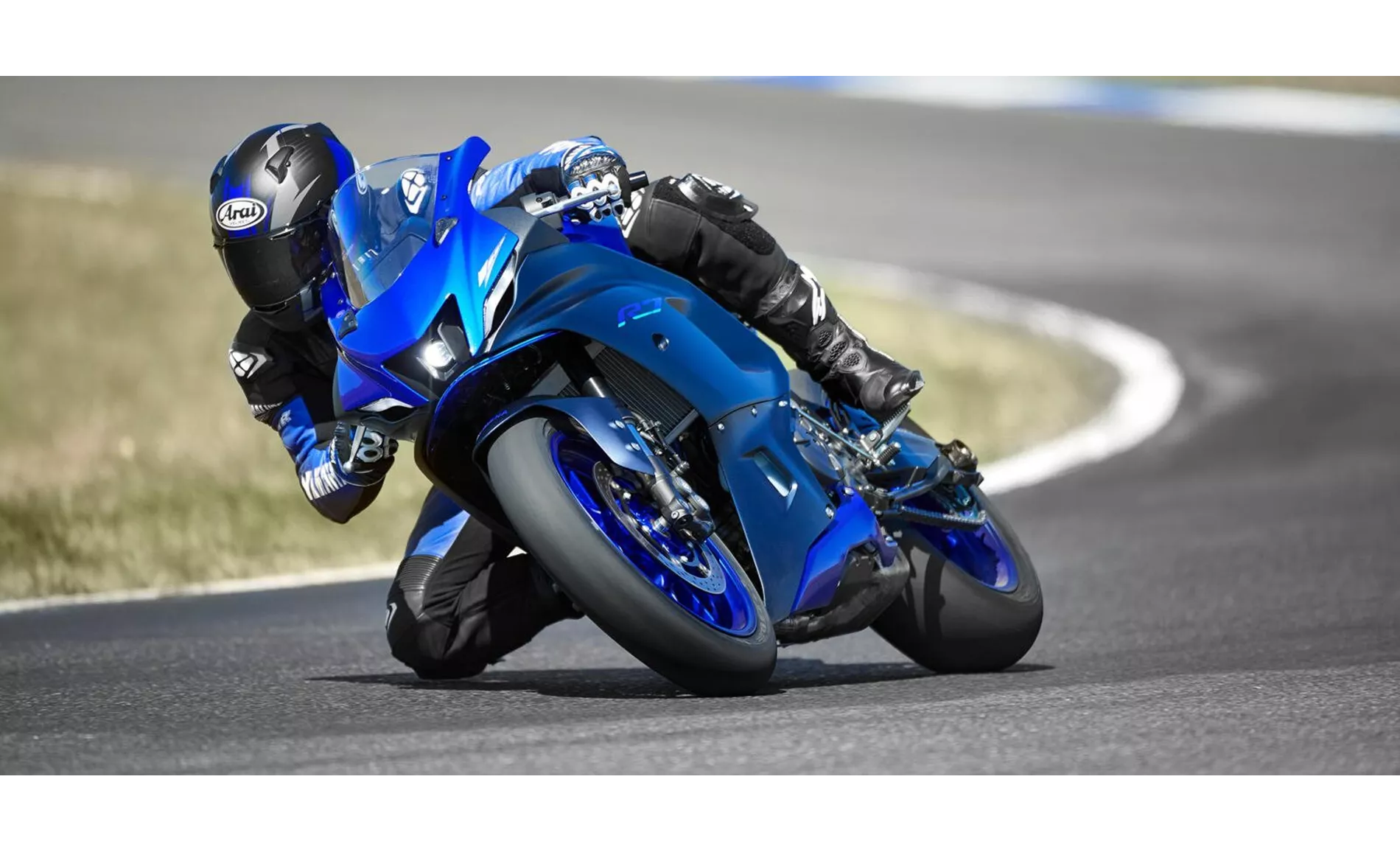
Yamaha R7 2022
In terms of chassis, the Yamaha R7 2022 features a steel frame, while the Kawasaki Ninja ZX-6R 636 2013 has an aluminum frame. The choice of materials may affect the overall weight and handling characteristics of the motorcycles. Speaking of weight, the Yamaha R7 2022 has a kerb weight of 188 kg, while the Kawasaki Ninja ZX-6R 636 2013 is slightly heavier at 194 kg. The wheelbase of both motorcycles is the same at 1395 mm, which contributes to stability and maneuverability.
When it comes to braking, both motorcycles are equipped with double disk brakes at the front. However, the Kawasaki Ninja ZX-6R 636 2013 boasts additional technologies such as radial, monoblock, and petal brakes, which enhance braking performance and heat dissipation. The Yamaha R7 2022, on the other hand, features radial brakes.
In terms of dimensions, both motorcycles have the same front and rear tire widths and diameters. However, the Kawasaki Ninja ZX-6R 636 2013 has a larger fuel tank capacity of 17 liters, compared to the Yamaha R7 2022's 13 liters.
In terms of strengths, the Yamaha R7 2022 offers a CP2 engine with punch from below and in the middle, providing strong acceleration. Its front-wheel-oriented seating position and adjustable chassis contribute to excellent handling and maneuverability. The motorcycle is also highly manageable and features good brakes.

Kawasaki Ninja ZX-6R 636 2013
On the other hand, the Kawasaki Ninja ZX-6R 636 2013 has sharpened geometry, which enhances its handling capabilities. The seating position is comfortable, and the motorcycle is known for its uncompromising reliability.
As for weaknesses, the Yamaha R7 2022 lacks a TFT display, which may be considered a drawback for riders who prefer advanced digital instrumentation. On the other hand, the Kawasaki Ninja ZX-6R 636 2013 is known for its high purchase price, which may deter some potential buyers.
In conclusion, both the Yamaha R7 2022 and the Kawasaki Ninja ZX-6R 636 2013 offer impressive performance and advanced features. While the Yamaha R7 excels in terms of engine manageability and adjustable chassis, the Kawasaki Ninja ZX-6R offers a more powerful engine and additional technologies such as traction control. Ultimately, the choice between the two models depends on individual preferences and priorities.
Technical Specifications Yamaha R7 2022 compared to Kawasaki Ninja ZX-6R 636 2013
Pros and Cons in comparison
Pros and Cons in comparison
Yamaha R7 2022
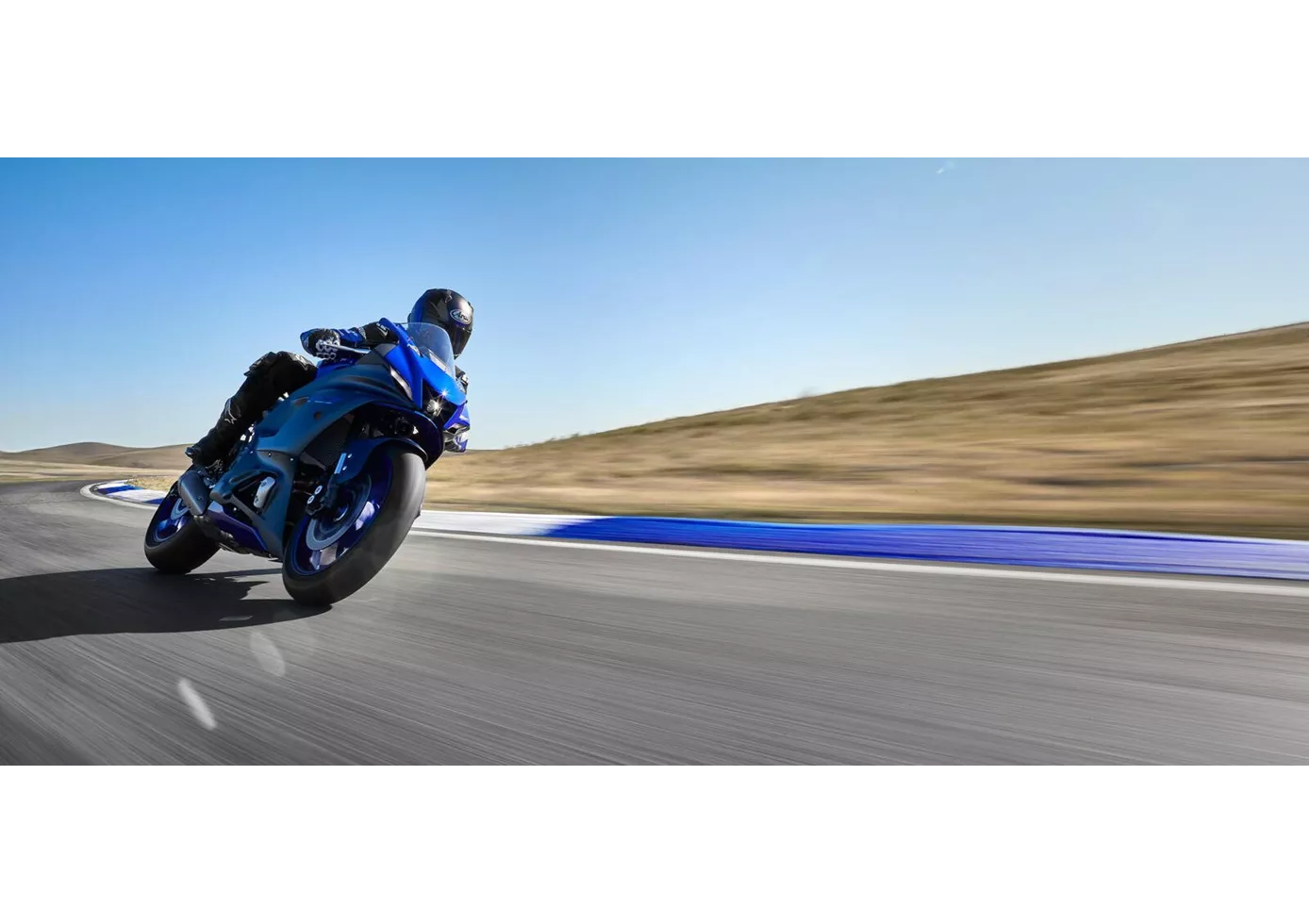
Those who expect the Yamaha R7 to be a half-hearted solution will be surprised at how well-balanced the little supersports bike is. Of course, the engine with just over 70 hp doesn't have what it takes to challenge the R6, for example, but the engine with its punch from below fits the character perfectly. The chassis components are of high quality, even fully adjustable at the front, and the handling of the slim grenade is absolutely awesome. The seating position is fine, not as radical as on a real super sports bike, and therefore suitable for everyday use.
Kawasaki Ninja ZX-6R 636 2013

The Kawa convinces with its good handling and uncompromising reliability. A strong motorbike, but definitely not a bargain.
Price Comparison Avarage Market Price Yamaha R7 vs Kawasaki Ninja ZX-6R 636
There are a few key differences between a Yamaha R7 2022 and a Kawasaki Ninja ZX-6R 636 2013. There are the same number of bikes of both models available on the 1000PS.de marketplace, specifically 44. It takes less time to sell a Yamaha R7 with 87 days compared to 122 days for a Kawasaki Ninja ZX-6R 636. Since model year 2021 1000PS.de editors have written 9 reviews for the Yamaha R7 and 7 reviews for the Kawasaki Ninja ZX-6R 636 since model year 2013. The first review for the Yamaha R7 was published on 5/18/2021 and now has more than 92,800 views. This compares to more than 20,800 views for the first review on Kawasaki Ninja ZX-6R 636 published on 12/3/2012.
